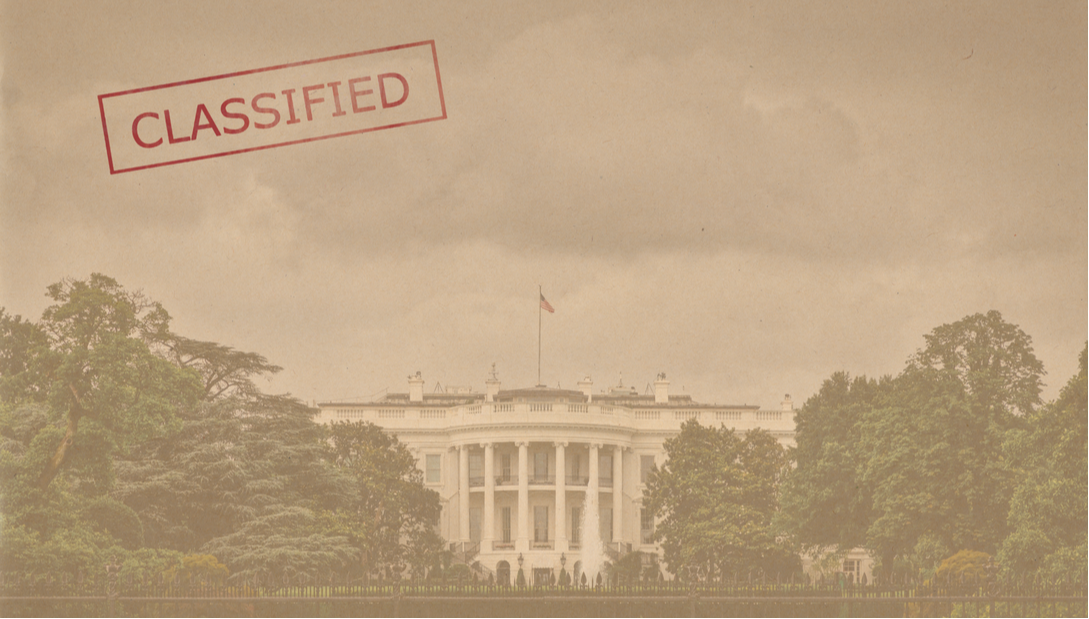|
The media is aflame with stories about the mishandling of classified material by President Joe Biden and former President Donald Trump, with partisans arguing why one or the other is in greater breach of the law. When we look beyond the partisan wrangling, these stories point to the underlying problem of the Espionage Act. Like a deep trawl scraping the ocean floor, the Espionage Act is broad enough to catch almost everything, including the wrong fish.
The Espionage Act is the worst kind of law: as vague as it is broad. It weaponizes the tendency of government to put a “classified” stamp on even anodyne material. “No one is ever punished for overclassifying information, yet plenty of people go to prison for disclosing information to journalists that never should have been classified to begin [with],” Trevor Timm, executive director of the Freedom of the Press Foundation, wrote in The Guardian. “Even efforts to reform the secrecy system end up being classified themselves.” The Espionage Act, combined with overclassification, are menaces to the First Amendment. They inhibit the ability of Americans to know what our government is up to, and for whistleblowers to expose wrongdoing hidden behind a classified stamp. President Obama, worried about this tendency of the government to overclassification, in 2009 issued a remedy: Executive Order 13526. This order was meant to stem the tide of classification and prevent government agents from classifying documents “for self-serving reasons or simply to avoid embarrassment.” In the wake of President Obama’s executive order to curb overclassification, the number of U.S. classified government documents rose from almost 55 million to 77.5 million documents in five years. Less than one percent of federal money spent on the classification system is spent on de-classification today. “Tens or hundreds of millions of documents are classified per year,” Timm wrote. “A tiny fraction will ever see the light of day, despite the fact the vast majority never should have been given the ‘secret’ stamp in the first place.” Responses to FOIA requests filed by civil liberties organizations reveal that documents are classified when they shouldn’t have been. Documents are classified at the wrong level. Information is classified for a longer duration than necessary. The government is self-forgiving, allowing itself to be free to make these mistakes, but an American accused under the Espionage Act is apt to get rough treatment and a good stretch in a federal prison. We should remember that the 1917 Espionage Act was the centerpiece of the police state erected by President Woodrow Wilson. Socialist Charles T. Schenck went to prison for violating that law. His crime? He passed out a leaflet opposing America’s military draft during World War One. These outrages against free speech paved the way for the even more draconian anti-speech amendment, the Sedition Act (which, thankfully, Congress repealed). Justice Oliver Wendell Holmes Jr., writing for the majority in the Schenck case, found an exception to the First Amendment. Speech that “creates a clear and present danger” may be prohibited and speakers prosecuted. The blacking out of a wide swath of government activities from public view, and criminalizing discussion about those activities, remains a disturbing exception to the First Amendment. Whatever your opinions concerning the current and former presidents, the breadth of this law in enforcing an overclassification system run amok is a sure sign that reform is needed. Perhaps it will take two presidents of both parties getting snared in the Espionage Act’s net to spur Congress to pass limits on the classification system, curb the secret state, and address the judicial test that treats some speech as a “clear and present danger.” Comments are closed.
|
Archives
June 2024
Categories
All
|
ABOUT |
ISSUES |
TAKE ACTION |



 RSS Feed
RSS Feed